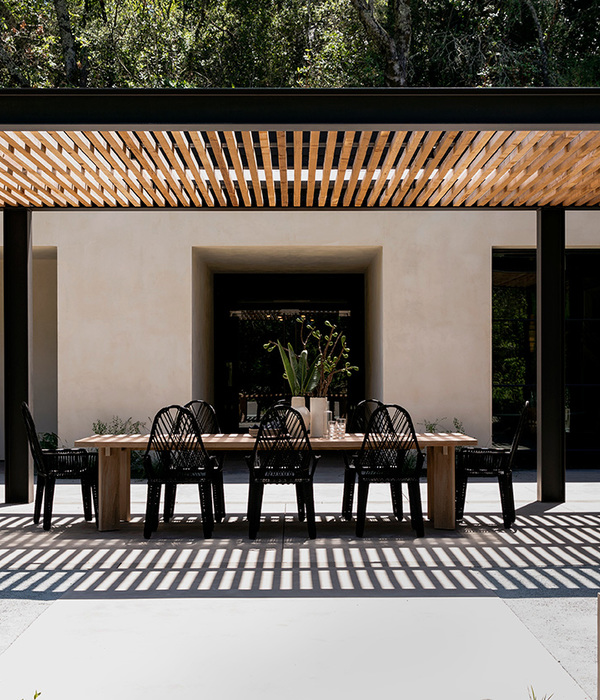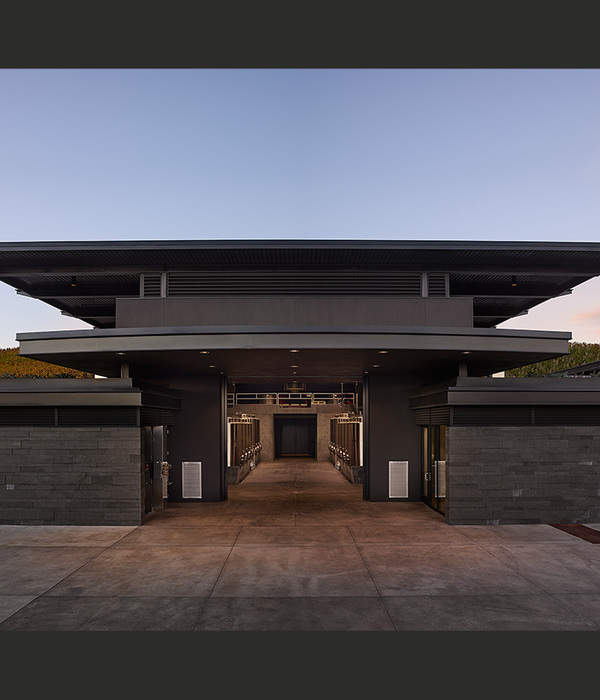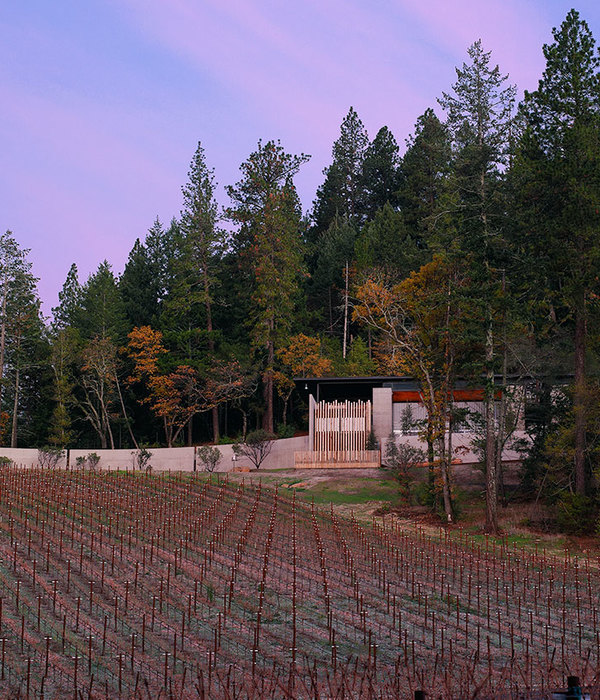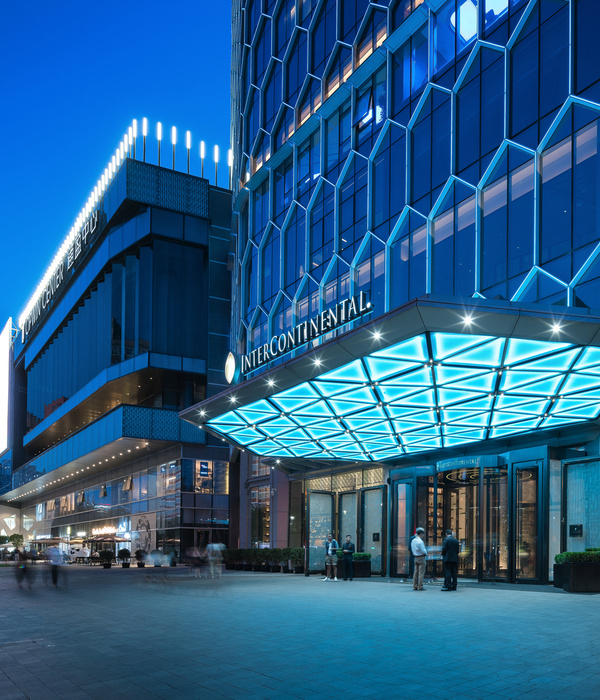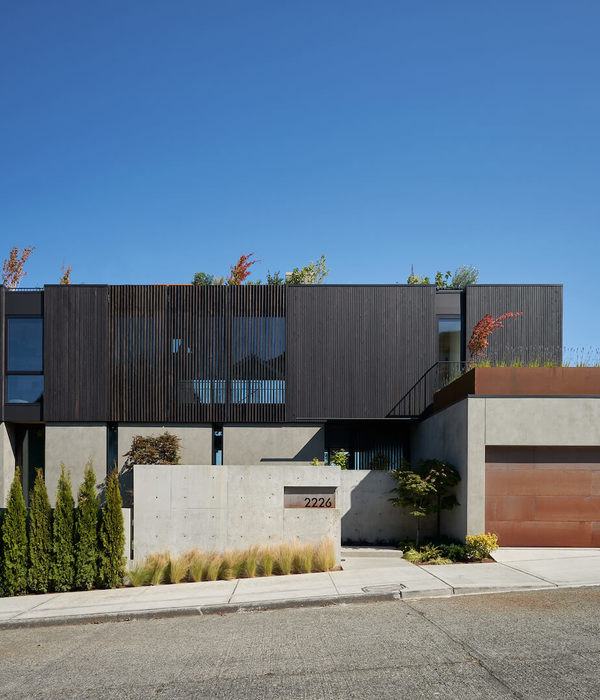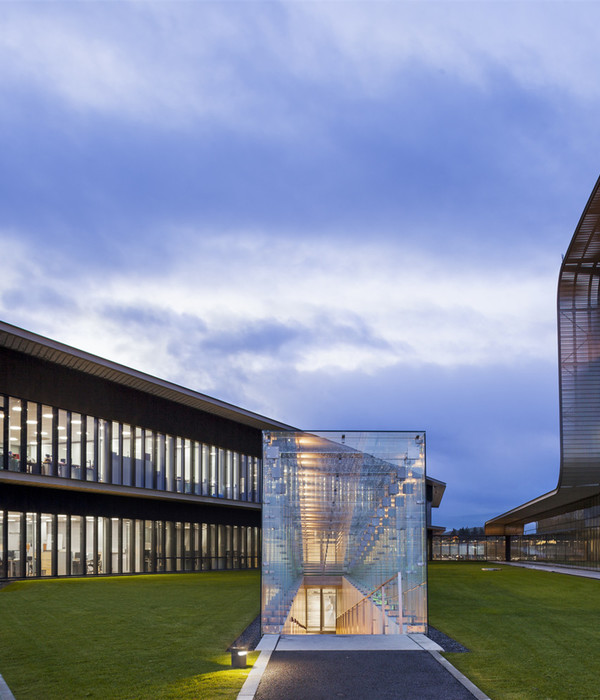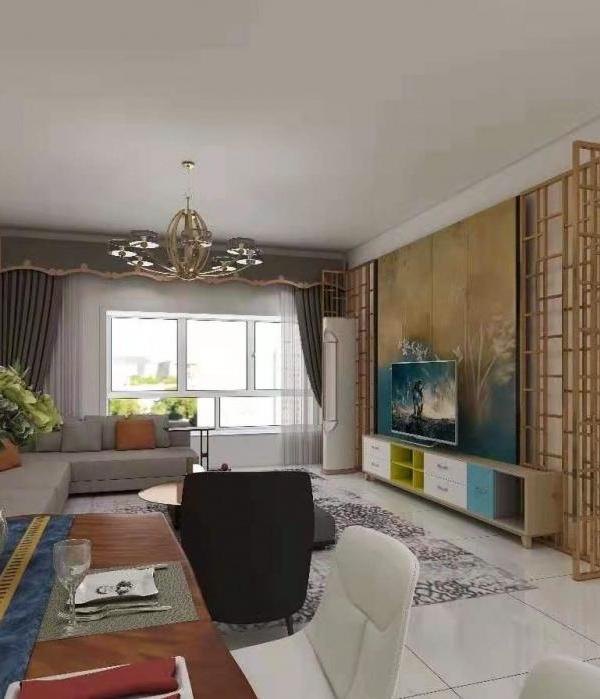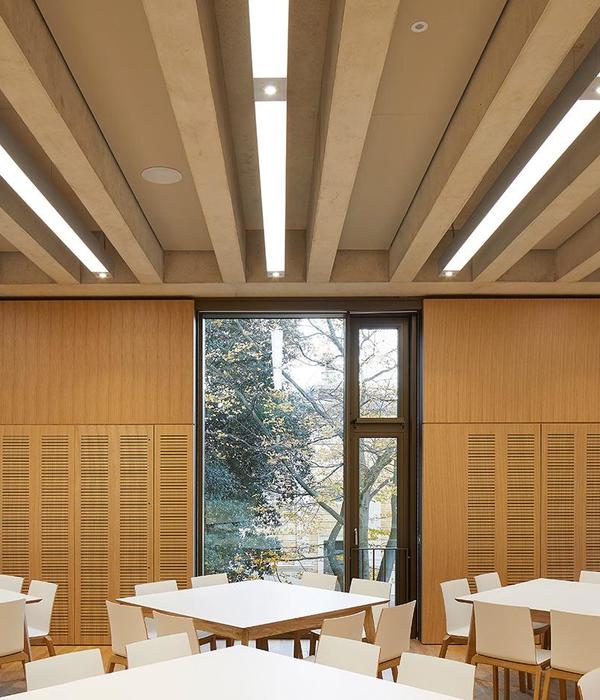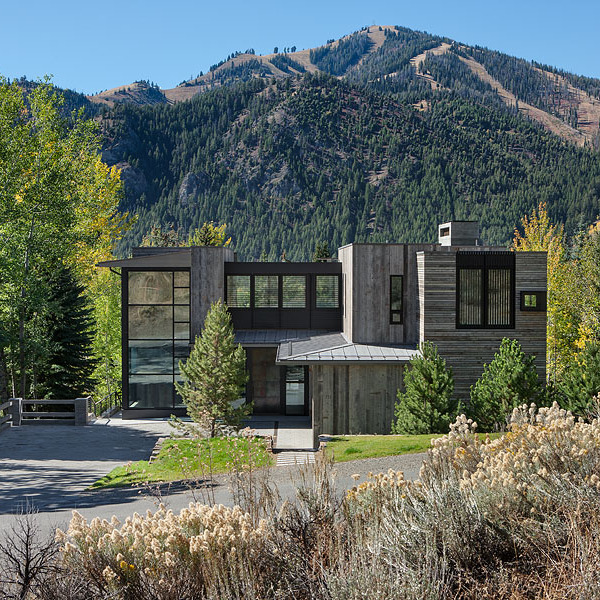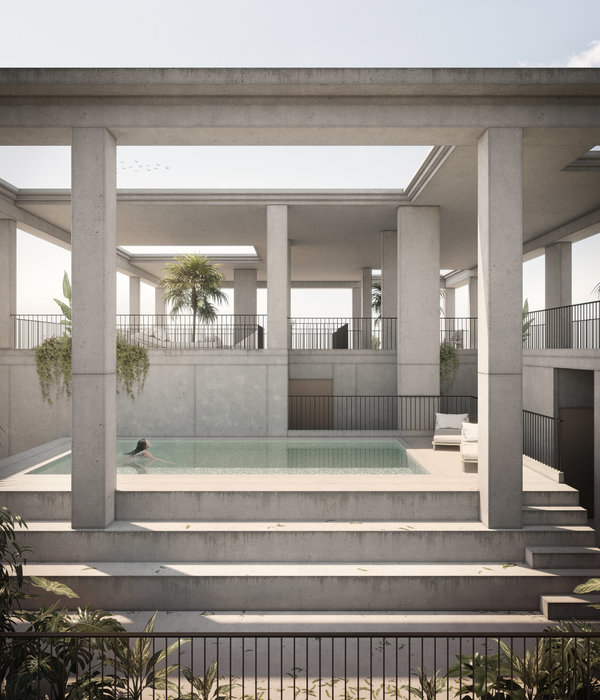When we walk into Yinka Ilori’s studio in north-west London, the British-Nigerian artist, designer and maker is hard at work at his desk, a variegated surface with diagonal stripes of orange, pink, red and purple, and around which a panoply of Dutch wax prints, boldly-coloured samples, materials, miniature chairs and references are strewn.
It’s a telling scene, and not least because Yinka is a busy man. As he shows around his studio, prototypes and fragments of the numerous projects he’s worked on since going solo in 2013 are discernible – an Adidas ‘Spezial’ trainer hints of his multiple collaborations with the brand, letter cutouts spelling ‘Happy Street’ speak of his soon-to-be-opened transformation of an underpass in Battersea of the same name and a composition of circular forms resembles the geometric pattern on his pavilion for Dulwich Picture Gallery this summer.
But it’s the range of colours, shapes and patterns that is the most elucidating because, against a contemporary design that tends to prize muted, neutral shades, Yinka’s technicolour palette has become his welcomed point of difference. From his first collection of remade chairs he found on the streets of London using Nigerian parables as inspiration, to a playground at the Citizen M Hotel in Shoreditch, Yinka’s multi-medium work presents a world of child-like joy and discovery.
As we leave his studio on the search for lunch, Yinka decides to stop at an ice cream truck. While waiting for his whippy – an appropriately nostalgic choice – he confesses that it’s his tendency to forget childhood memories that prompts his use of colour. “I use colour as a form of memory,” he says, “as a kid, I saw my parents wear colourful garments to weddings, churches and celebrations, so using colour makes me think of happy times. It’s an extension of my identity because Nigerians love colour and I want to express and celebrate that in my work.”
It’s a desire that has found realisation in one of Yinka’s largest commissions to date, a ten-metre-high ‘Colour Palace’ on the grounds of the Sir John Soane-designed Dulwich Picture Gallery, which he’s worked on with Peckham-based Pricegore architects after winning a design competition.
“It was the first time I had come across Soane,” says Yinka, who, after visiting the museum that occupies the architect’s former home in Holborn, was struck by how it reminded him of “a market, one that celebrates the objects of different cultures. It was Balogun textile market in Lagos in particular that sprung to Yinka’s mind, where sellers assemble wall-to-wall fabric reels into “colours palaces of Dutch wax prints”, just like how Soane did with frescos, statues, antiques and objets dart in his house.
“The question, says Yinka, became how do we not take away from the greatness of Soane’s iconic gallery, but add to it? How could we sync the architectural style of the building with the culture of Nigeria and celebrate them together?”
The answer, arrived at through close collaboration with Pricegore, was to reference the geometry, contours and symmetry of the gallery through the pavilion’s boxy form, triangular turrets and patterned façade, but using Yinka’s signature colour treatment to express those bold hues found at Balogun market.
The resulting pavilion is one that establishes a dialogue between the monochrome brick façade of Soane’s gallery, a bastion of the neo-Classical architectural tradition of 19th-century Europe, and a bold piece of contemporary design that draws from the visual identity of West Africa.
It’s a move that Yinka has made with equal success before. As we head off from lunch back to his studio, Yinka tells us of how he first felt prompted to upcycle chairs he found on streets, bins and “weird places” across town. “What I love about recycling is the narrative aspect of it, using a chair that has travelled from Nigeria, France or Sweden, and ended up here. So, to something that came from elsewhere, Im now bringing my British-Nigerian culture, adding value, meaning and stories, extending the narrative. Thats what London is about: layers of culture. Its what I love about being British.”
In this way Yinka’s pavilion stands as a sort of totem of multiculturalism for a city defined by its diverse ethnic makeup, appearing less as the symbiosis of two cultures, but representative of the ways different identities can interact and be celebrated.
“It’s been a dream project,” Yinka reflects as we sit in the sunshine outside his studio, “I went from working with colour in such a smalls scale to a huge structure. It’s funny because I wanted to study architecture as a kid but eventually chose a different direction. I’m glad about how it worked out because I’m now approaching architecture from a really interesting angle, where I don’t have to learn all the rules! Im doing things my way.”
ArchitectureInterviewsNews
{{item.text_origin}}

